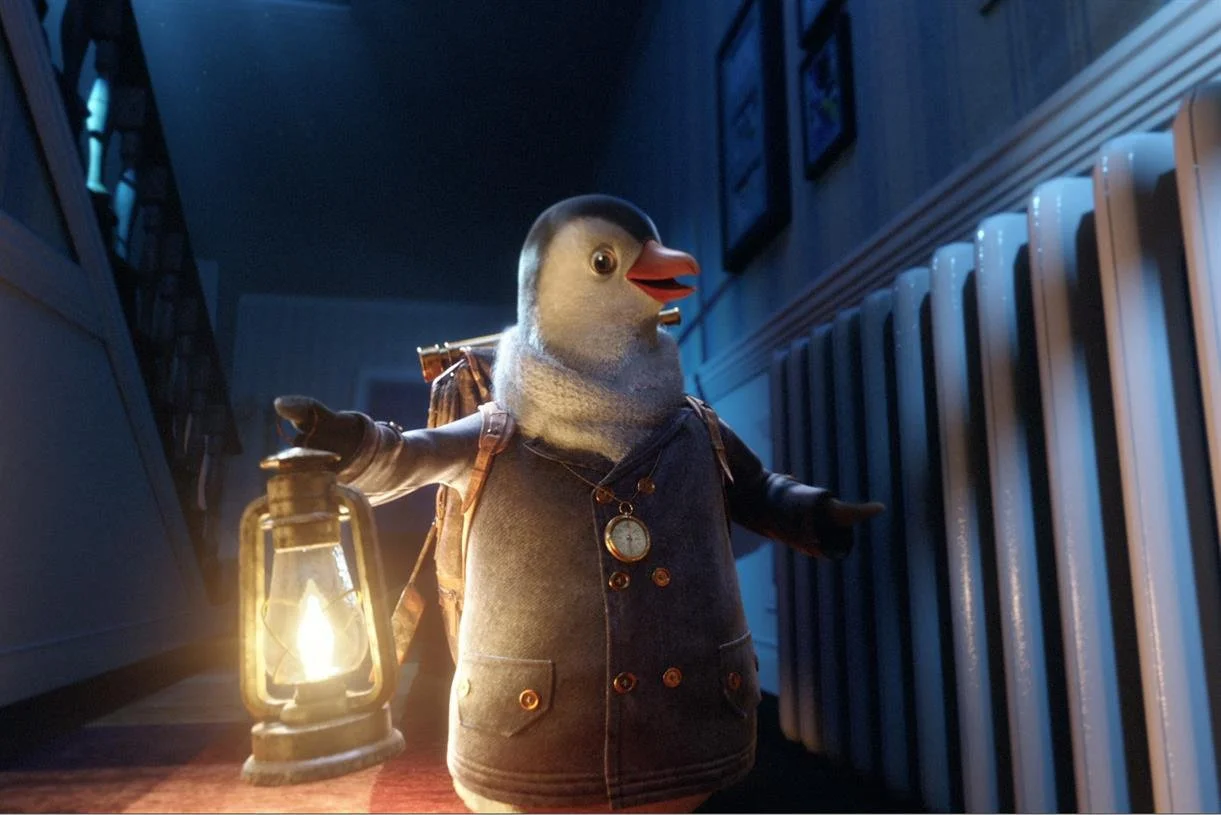The Importance of Creativity in Business
As Ursula K. Le Guin said: “The creative adult is the child that has survived” and shockingly the data supports her point. In 1968 the social scientist George Land carried out an unusual experiment.
He gave a NASA creativity test to 1,600 children and made them repeat it every five years. Aged five, almost 100% of the children demonstrated the highest level of creativity, but by the age of 10, only 30% of the children displayed the same level of creativity. At 15, this had fallen ever further with only 12% showing a high level of creativity.
Why does creativity plummet so dramatically? There are many reasons but as Homer Simpson says: “Trying is the first step towards failure”. Growing up we’re taught that if it’s not in an exam, it’s not worth knowing. If there’s nothing worse than public failure, there’s no incentive to try new things or be open to the ideas of others.
Yet, the most successful people are not scared of thinking differently. Benjamin Franklin remarked that "I didn't fail the test. I just found 100 ways to do it wrong" and the man who inspired the creation of 42courses, Sir Ken Robinson, put it even more bluntly “If you're not prepared to be wrong, you'll never come up with anything original.”.
Elizabeth Day has created a thriving business interviewing some of the most successful people alive about their own failures. However, though it would make for an interesting team meeting, confessing to your failure publicly or in the workplace is paradoxically limited to the very successful.
So, what does this mean for business? PWC reports that 85% of businesses say that they have or expect skill shortages. It seems that the ability to pass exams does not translate into the ability to find solutions for business needs. This is arguably why creativity is more important than ever, but what is creativity?
To be blunt, creativity is one of those words like “communication” and “passion” that everyone says is essential but would run away screaming if asked to define. What creativity looks like to an advertising agency is very different to creativity in a cancer lab. Yet, I’d argue the ability to come up with new ways of looking at things is crucial to both.
One of the most elegant interpretations of how creativity influences business comes from Steve Jobs. He said that creativity is just connecting things. No matter what business you’re in, here is a list of steps below that will allow you to be more creative and experience better outcomes:
1. The Six Thinking Hats Exercise
Dr. Edward De Bono devised the ‘Six Thinking Hats’ technique to ensure different perspectives.
It is a role-playing method where a group of people debate a problem by adopting different ‘hats’.
Each ‘hat’ requires the person to respond to the problem from a certain perspective.
They are as follows:
- White Hat - Facts
- Red Hat - Emotions
- Yellow Hat - Benefits
- Green Hat - Ideas
- Blue Hat - Planning
- Black Hat – Judgement
Each person adopts the mentality of their given hat and applies that ‘lens’ to the problem at hand. As you turn to each ‘hat’ you will gather six very different perspectives on the same problem.
As Rory Sutherland says the opposite of a good idea can be another good idea.
2. The Pre-Mortem
This is Daniel Kahneman’s favourite method for making decisions. Invented by Gary Klein, it is simple and brilliant.
Whenever a decision is to be made, you ask people to imagine all the ways it could go wrong after everyone has supposedly agreed to the decision.
By framing sharing how something could go wrong as a positive contribution to decision-making instead of a way to undercut the process, more honest opinions are shared, and groupthink is prevented.
3. Go Back to First Principles
If there’s someone who seems allergic to groupthink, it’s Elon Musk. His method for approaching problems from first principles is an incredibly practical way of ensuring you’re doing your best for your business:
“First principles is kind of a physics way of looking at the world. . . You kind of boil things down to the most fundamental truths and say, “What are we sure is true?” . . . and then reason up from there”
By establishing what is and isn’t true you prevent yourself from falling into the trap of blindly following conventional wisdom.
To conclude, creativity does not have to be something abstract. It’s a practice we can all embrace not just to create better outcomes in our work but provide more meaning to our lives. The ability to try new things, experiment and make mistakes does not just make life worth living, it drives human progress.
If you’re looking for more ways to be more creative, why not sign up for our How To Be More Creative course featuring some of the world’s top experts and certified by Cannes Lions.






